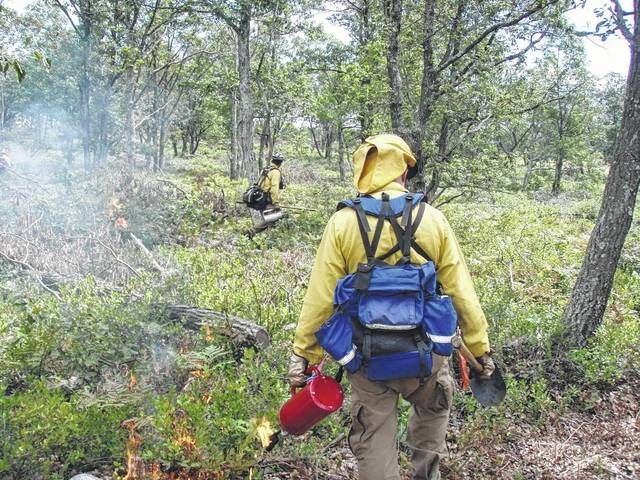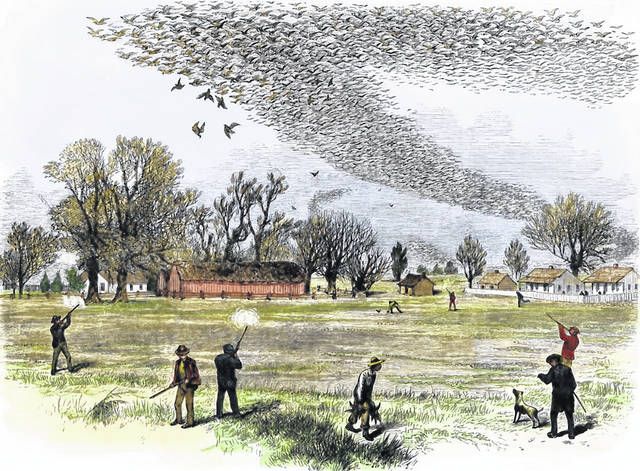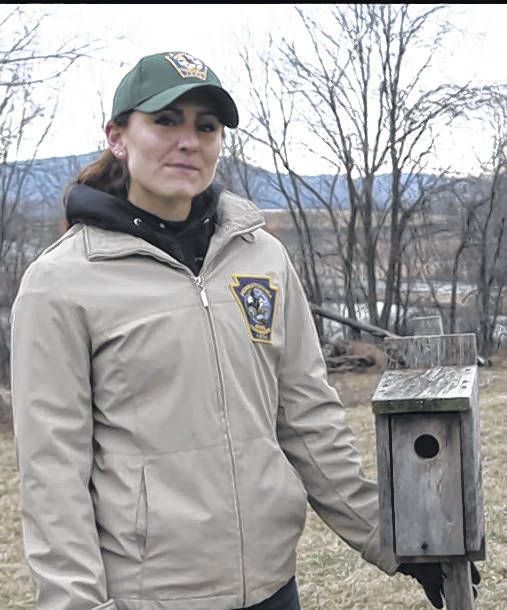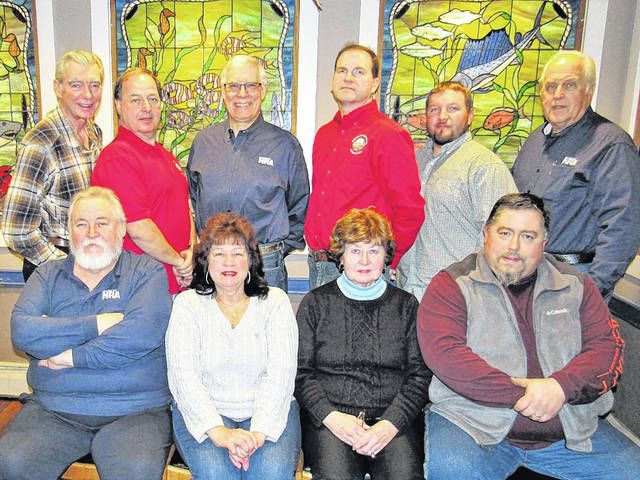Click here to subscribe today or Login.
More than 4,000 acres of state game lands in the northeast region are scheduled to be treated using controlled burns in 2017. Controlled burning is a habitat enhancement tool that can be used to effectively to promote healthy forests, oak regeneration, and grass lands.
Fire helps to promote oak forest regeneration by reducing competition from less desirable tree species (such as black birch and red maple) through a controlled and slow-moving fire. After fire moves through an area, more fire-tolerant oak trees and seedlings remain and become the dominant species as the forest grows.
Oak acorns benefit a variety of wildlife because of their high nutritional value and are sought after as a fall food source by a variety of birds and mammals as they prepare for winter.
“Controlled burn operations are scheduled to be conducted on over 20 different game lands, located in 10 counties of the Northeast Region this year. The Game Commission has been using controlled burns to improve wildlife habitat since 2008, with outstanding results,” Pennsylvania Game Commission Northeast Region Director Daniel Figured said via press release.
Throughout controlled burn operations, safety is the primary consideration from planning through implementation. The entire operation is overseen by a “Burn Boss,” who develops a detailed plan required to be approved by the Game Commission and other agencies.
Timing of the burn is weather dependent and takes into account the amount of moisture both in the ground and the growing vegetation. Access to the burn site is restricted to only highly trained fire personnel and all necessary local fire and emergency personnel are notified in advance.
In the weeks prior to a burn, fire breaks are established or maintained around the entire area. Just prior to initiating burn operations, a small and easily extinguished “test fire” burn is conducted to check fire behavior and smoke-dispersal patterns. If the Burn Boss approves the fire to proceed, an experienced crew made up of personnel from the Game Commission and other natural-resources agencies uses a regimented process to burn the site.
Work crews are assigned to various jobs including interior ignition, wind and temperature monitoring, and perimeter containment using specialized Utility Task Vehicles, water packs, and a variety of hand tools. As the fire begins to burn out, areas with flames near the perimeter are extinguished and those on the interior allowed to burn out gradually. The entire area is then closely monitored over the next few days.
State game lands in the Northeast Region, and the acreage scheduled to receive controlled burn treatment, include SGL 40 (Carbon, 194); SGL 141 (Carbon, 805); SGL 226 (Columbia, 50); SGL 165 (Northumberland, 624); SGL 84 (Northumberland, 861); SGL 91 (Luzerne, 1,028); SGL 13 (Sullivan, 402); SGL 180 (Pike, 793); SGL 183 (Pike, 338); SGL 300 (Lackawanna, 247); SGL 292 (Luzerne, 157); SGL 172 (Bradford, 12); SGL 36 (Bradford, 979); SGL 123 (Bradford, 202), and SGL 70 (Susquehanna, 45).
The Game Commission will assist landowners in conducting controlled burns on public access properties within the northeast region.
“Controlled burn operations were initiated in March and will continue through late fall,” Figured said. “Keep in mind that areas treated with prescribed fire will not be a pretty sight initially, however, these operations will ultimately result in areas with excellent habitat that is beneficial to wildlife.”








